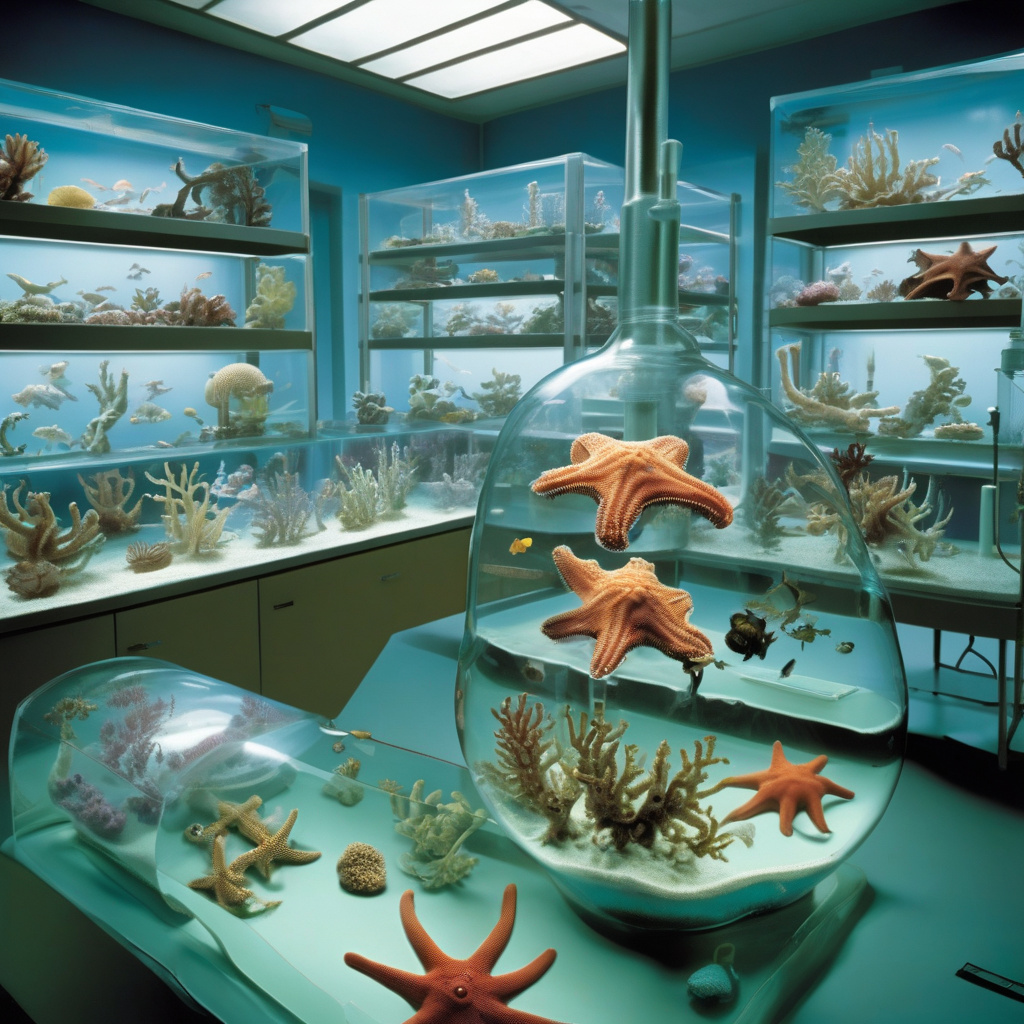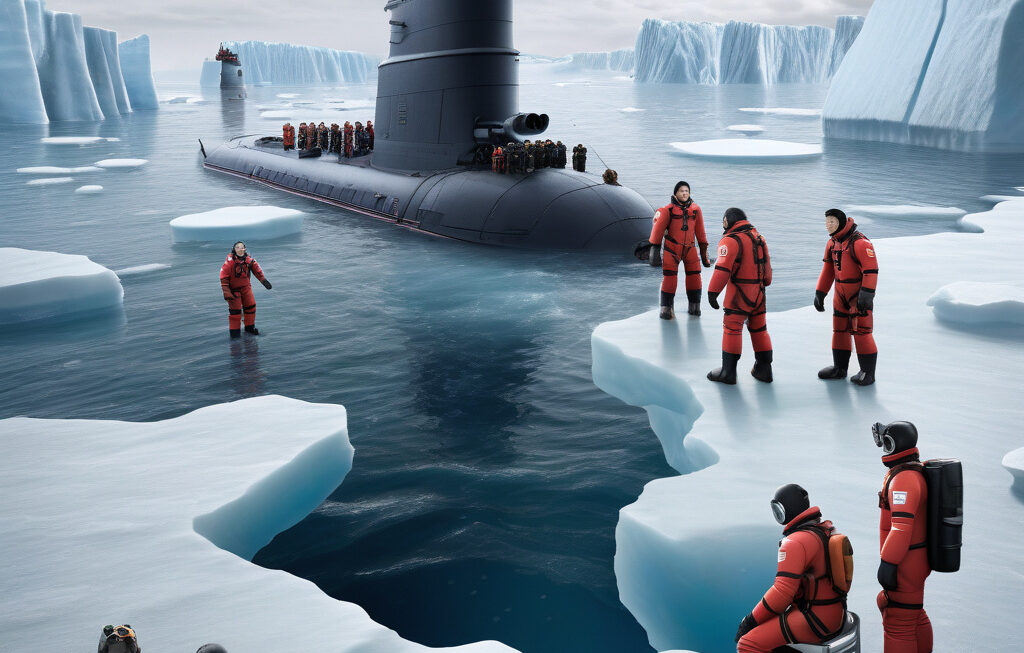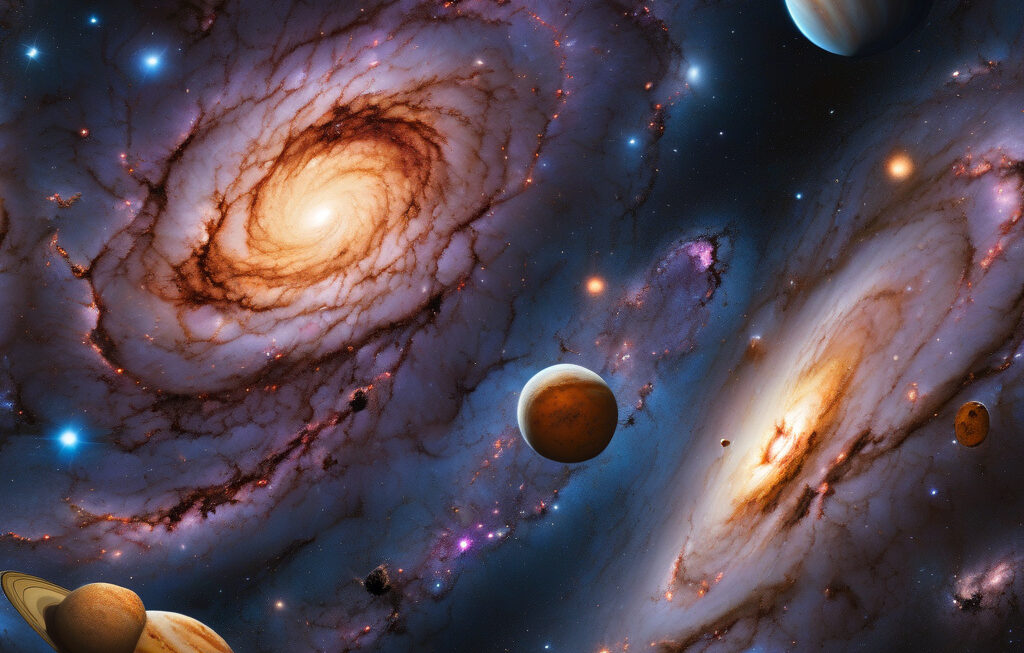Decade-long Sea Star Mystery Solved as Scientists Trace Stealthy Bacterial Killer
The tide has finally turned in one of the ocean’s most puzzling and devastating epidemics. For over a decade, sea stars along the Pacific coast have been dying in vast numbers, leaving scientists scrambling to uncover the cause of this widespread devastation. Now, after years of research and investigation, a team of researchers has cracked the case, revealing a stealthy bacterial killer as the culprit behind the sea star wasting disease.
The sea star wasting disease first emerged in 2013, starting in Washington state and quickly spreading down to California. It caused sea stars to develop lesions, lose limbs, and eventually disintegrate into a gooey mess. The impact was catastrophic, with some areas experiencing a loss of over 90% of their sea star populations. The mystery surrounding the disease baffled scientists for years, as they struggled to pinpoint the exact cause of the epidemic.
However, recent breakthrough research has identified a specific bacterium, called Candidatus Neoehrlichia, as the primary agent responsible for the sea star wasting disease. This bacterium, which was previously unknown to science, targets the sea stars’ immune system, causing them to essentially self-destruct. By infecting the animals with this bacterium in a controlled setting, researchers were able to replicate the symptoms of the wasting disease, confirming its role in the epidemic.
Understanding the root cause of the sea star wasting disease is not only a scientific victory but also a crucial step towards protecting these keystone species and the delicate ecosystems they inhabit. Sea stars play a vital role in maintaining the health of marine environments, preying on mussels and other shellfish to prevent overpopulation. Their decline has had ripple effects throughout the food chain, impacting everything from algae growth to fish populations.
With this new knowledge in hand, scientists can now work towards developing strategies to mitigate the impact of the sea star wasting disease and potentially help populations recover. This may involve implementing monitoring programs to track the spread of the disease, identifying resistant individuals for breeding programs, or exploring probiotic treatments to bolster sea stars’ immune systems.
The resolution of the sea star mystery serves as a testament to the power of scientific inquiry and collaboration. It highlights the importance of continued research efforts in understanding and addressing the complex challenges facing our natural world. By unraveling the secrets of this long-standing enigma, scientists have not only solved a scientific puzzle but also paved the way for proactive conservation measures to safeguard vulnerable species and ecosystems.
As we move forward, armed with this newfound knowledge, we must remain vigilant in our efforts to protect our oceans and the incredible diversity of life they support. The sea star wasting disease may have been a formidable foe, but thanks to the dedication and perseverance of scientists, we now have a fighting chance to turn the tide and ensure a brighter future for these iconic marine creatures.
sea stars, marine life, conservation, scientific research, ecosystem preservation












